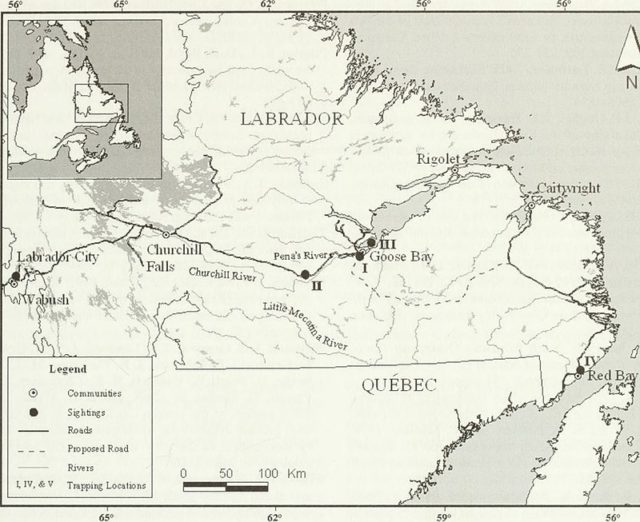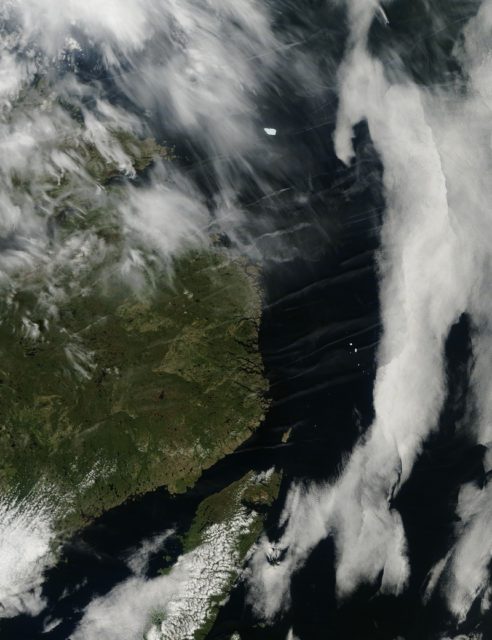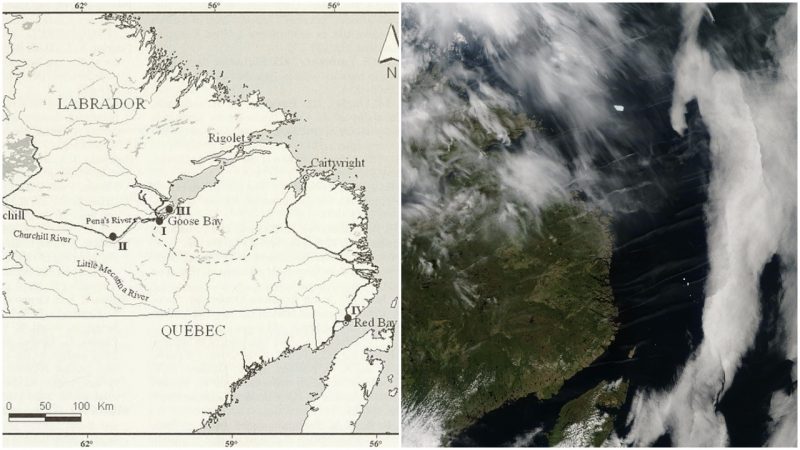In 2016, rocks believed to be 3.7 billion years old containing evidence of microbial life were found in Greenland. At the time it was considered to be the oldest evidence of life on Earth–220 million years older than anything that had been yet recorded. That changed recently, when rocks were found in Labrador in northeastern Canada that proved to be 3.95 billion years old.
Graphite, the unadulterated form of carbon, was found in the rock, produced by the remnants of living microbes over billions of years. It is now thought to be the oldest evidence of life on Earth.
University of Tokyo geologist Tsuyoshi Komiya has been studying the rocks, found in Labrador in a desolate area inhabited by polar bears and other Arctic life. These particular rocks were metasedimentary rocks, those that had formed early on by sediment and then pushed lower and lower into the earth by newly formed rocks. Eventually, due to pressure and heat within the Earth, the rocks crystallize.
Scientists believe the Earth formed about 4.5 billion years ago, and water quickly appeared on the surface. The discovery of the Labrador rocks drives the accepted date of the first emergence of life back several thousand years and closer to the beginnings of our planet.

Some believe life began with an electrical trigger from lightning that created amino acids, which over millions of years could have evolved into more complex organisms. A University of Glasgow chemist, Alexander Graham Cairns-Smith, suggests the beginnings of life may have occurred on clay, with the amino acids being arranged into the correct sequence by the mineral crystals in the clay.
There are always those who believe life originated on another planet and was transported to Earth by comets or asteroids. Another idea is that life originated undersea near hydrothermal vents at the bottom of the ocean. The vents release hydrogen, which may have accumulated and combined with surrounding minerals, causing chemical reactions. Today these vents still provide thermal and chemical energy creating their own ecosystem.

Three billion years ago, our young sun wasn’t as bright and warm as it is today. Some scientists believe an ice depth of hundreds of feet covered the oceans before it became saline. Organic compounds protected by the thick layer of ice combined with the cold temperatures were just waiting for warmth to activate chemical reactions.
Fossils have been found in Canada that date back to 4 billion years with remarkable similarities to the creatures that currently inhabit hydrothermal vents in the oceans today. So far, Canada has produced more evidence of primordial life than anywhere else in the world. Komiya believes that further study of rocks found in this area could eventually lead us to discover how life formed and evolved on Earth.
Oldest evidence of life on Earth found in Northern Canada https://t.co/PW8rSLcvV1 pic.twitter.com/QudHL3GP5J
— Forbes (@Forbes) 2 October 2017
As the Earth warms, it is highly likely that even more evidence of the beginnings of life on Earth will be revealed, giving us more information about the history of our planet. Komiya and his teammates have published their findings in the September 2017 issue of Nature, a scientific journal for and by scientists around the world.
Geologists Monika Kusiak of the Institute of Geological Sciences at the Polish Academy of Sciences in Warsaw and Daniel Dunkley of Curtin University in Perth, Australia, both agree that the graphite in the rock is not as old as the rock. Minik Rosing, a geologist at the Natural History Museum of Denmark in Copenhagen, congratulates Komiya’s team but believes more study is needed. “It’s a good example of very sophisticated and high-quality analytical work…but the graphite being studied could be as young as 2.7 billion years old and still pass all the tests.”
